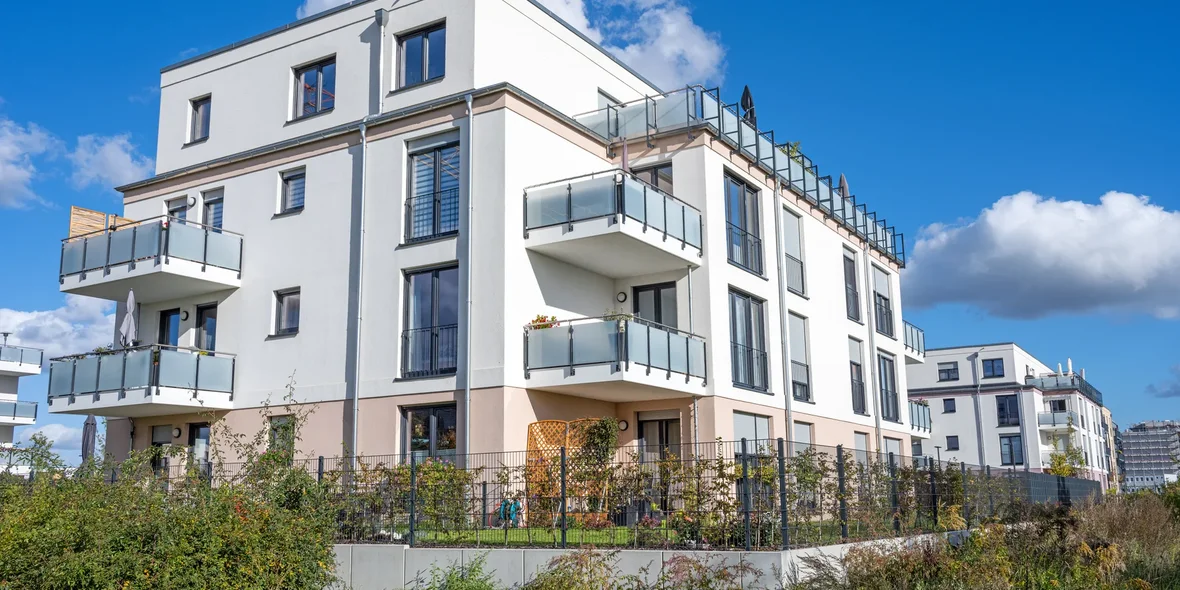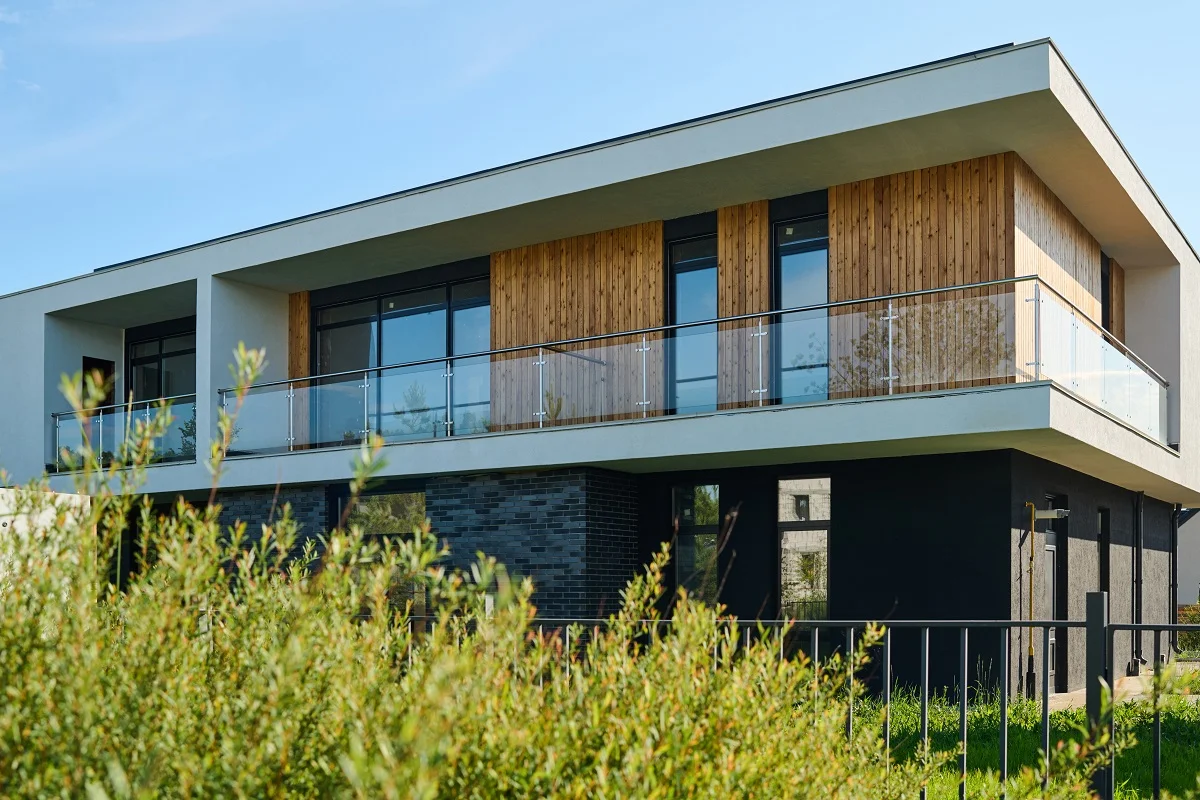
What is a Quad House?
A quad house (from the Latin quadro — four and the English house) is a modern type of low-rise housing in the form of a complex of four adjacent houses, united by common walls and forming a square or rectangular shape.
History of Origin
The concept of a quad house developed from traditional forms of low-rise housing:
- Townhouses are a series of adjacent houses.
- Duplexes are two-apartment buildings.
- Individual residential buildings.
The first quad houses appeared in the USA in the 1980s as a response to the need for compact and affordable individual housing in the suburbs. In Europe, this format became widespread in the 1990s, especially in the UK and Germany.
Architectural features
Quad houses have a number of characteristic architectural features:
- Square or rectangular building shape.
- Four separate entrances at the corners of the building.
- Common walls between adjacent properties.
- A two- or three-story structure.
- Individual small plots of land for each household.
- Common roof for the entire complex.
Layout and Types of Apartments
A typical quad home consists of four separate units, each with:
- The area from 100 to 200 sq.m.
- 2–3 floors.
- Separate entrance.
- Individual garage or parking space.
- A small plot of land (2-4 acres).
The layout of each home usually includes:
- First floor: entrance hall, living room, kitchen, bathroom.
- Second floor: bedrooms, bathroom.
- Third floor (if any): additional rooms or open space.
Some projects provide the possibility of combining two adjacent houses to create more spacious housing.

Advantages of Quad Houses
Quad houses have a number of advantages over other housing formats:
- Cost-effective: more affordable than a detached house.
- Energy efficiency: common walls reduce heat loss.
- Compactness: optimal use of land.
- Security: Proximity to neighbors increases security.
- Privacy: separate entrance and plot of land.
- Ease of maintenance: the possibility of creating a common HOA.
- Architectural integrity: unified design of the complex.
Disadvantages of Quad Houses
Despite the many advantages, quad houses also have some disadvantages:
- Limited plot area.
- The proximity of neighbors may create some discomfort.
- Difficulties in selling a separate home.
- The need to coordinate with neighbors when carrying out repairs or reconstruction.
- Potential conflicts when using common building elements.
Comparison with Other Housing Formats
Quad houses occupy an intermediate position between detached houses and townhouses:
- Compared to a detached house: more affordable price, less maintenance concerns.
- Compared to a townhouse: more privacy, plot of land on four sides.
- Compared to an apartment: no neighbors above or below, own plot of land.
Problems and Challenges
The development of the quad house format faces some problems:
- Lack of suitable land in suburban areas.
- Difficulties in obtaining building permits in some regions.
- Lack of awareness among potential buyers about the benefits of the format.
- Competition from other low-rise housing formats.
The future of quad houses is linked to the further development of construction technologies, increased energy efficiency, and adaptation to the changing needs of residents. At the same time, the key principles — compactness, economy, and comfort — will remain the basis of the concept.








